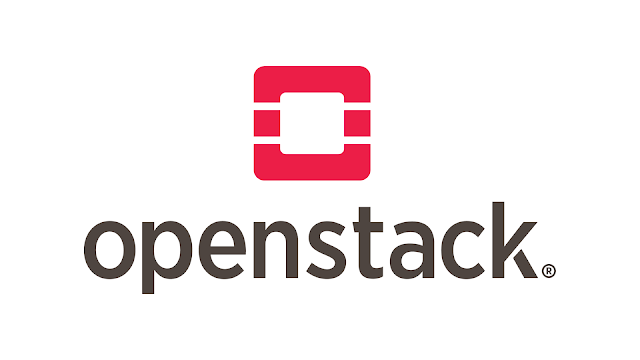OpenStack: A Comprehensive Overview
OpenStack is a powerful open-source cloud computing platform designed to manage and orchestrate large pools of compute, storage, and networking resources. It provides a flexible and scalable infrastructure for organizations to build and manage both public and private clouds. Let's delve into the key components, use cases, and the pros and cons of OpenStack in simple terms.
Components of OpenStack:
Compute (Nova): Nova is the heart of OpenStack, responsible for managing virtual machines (VMs) and providing a scalable compute service. It allows users to create, schedule, and manage instances.
Storage (Swift and Cinder): Swift is an object storage for scalable and durable storage of large amounts of unstructured data. Cinder is a block storage that provides persistent storage volumes to VMs.
Networking (Neutron): Neutron offers network connectivity as a service, enabling users to create and manage networks, routers, and subnets. It facilitates communication between different instances and external networks.
Dashboard (Horizon): Horizon is the web-based dashboard for OpenStack, offering a user-friendly interface to manage and monitor resources.
Identity (Keystone): Keystone provides authentication and authorization services, ensuring secure access to OpenStack resources.
Image Service (Glance): Glance manages and catalogs disk and server images, allowing users to discover and retrieve images to launch instances.
Use Cases of OpenStack:
- Private Clouds: Organizations use OpenStack to build their private clouds, providing on-demand resources for their internal teams.
- Public Clouds: OpenStack can be utilized by service providers to deliver public cloud services, competing with major cloud providers.
- Hybrid Clouds: Companies adopt OpenStack to create hybrid cloud environments, integrating private and public clouds for increased flexibility.
- Research and Development: OpenStack is valuable in research and development environments, enabling quick provisioning of resources for testing and experimentation.
- Telecommunications: Telecom operators use OpenStack to build virtualized network functions, enhancing network efficiency and flexibility.
Pros of OpenStack:
- Open Source: OpenStack's open-source nature fosters collaboration and innovation, allowing users to customize and extend the platform.
- Scalability: It provides scalability to meet the changing demands of an organization, making it suitable for both small businesses and large enterprises.
- Flexibility: OpenStack supports various hypervisors, storage backends, and networking technologies, offering flexibility in deployment.
- Community Support: With a large and active community, OpenStack receives continuous improvements, updates, and support from a diverse group of contributors.
Cons of OpenStack:
- Complexity: The multitude of components and configuration options can make OpenStack complex to set up and manage, especially for beginners.
- Resource Intensive: OpenStack requires considerable resources, both in terms of hardware and skilled personnel, which may pose challenges for some organizations.
- Learning Curve: Due to its complexity, there is a learning curve associated with OpenStack, requiring time and effort to become proficient in its administration.
- Integration Challenges: Integrating OpenStack with existing infrastructure can be challenging, potentially leading to compatibility issues.
In conclusion, OpenStack is a versatile and robust cloud computing platform with a broad range of applications. While its complexity may be a hurdle for some, its open-source nature, scalability, and flexibility make it a compelling choice for organizations seeking a customizable cloud solution. Understanding the specific needs and resources of your organization is crucial when considering the adoption of OpenStack.




Comments
Post a Comment